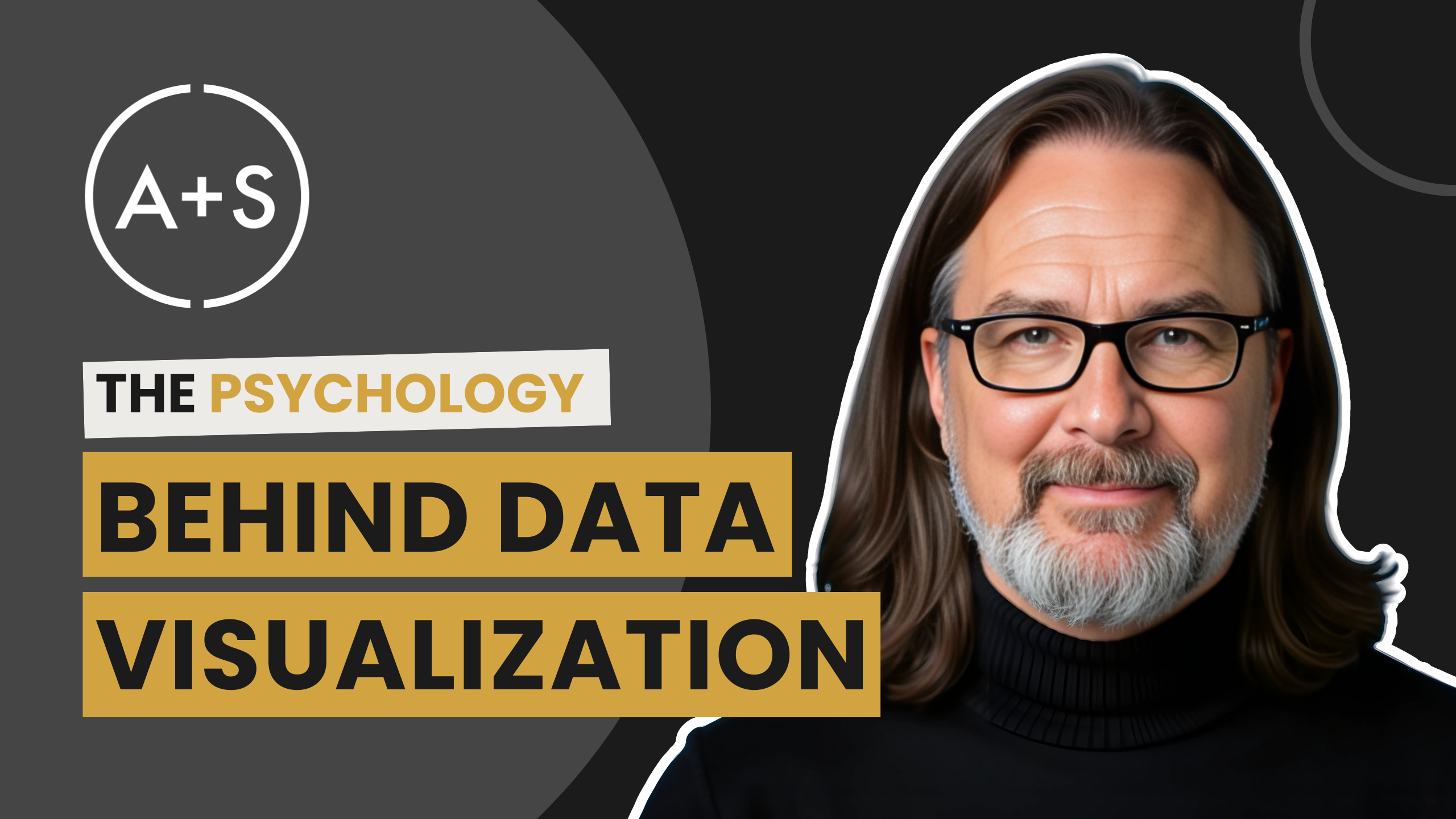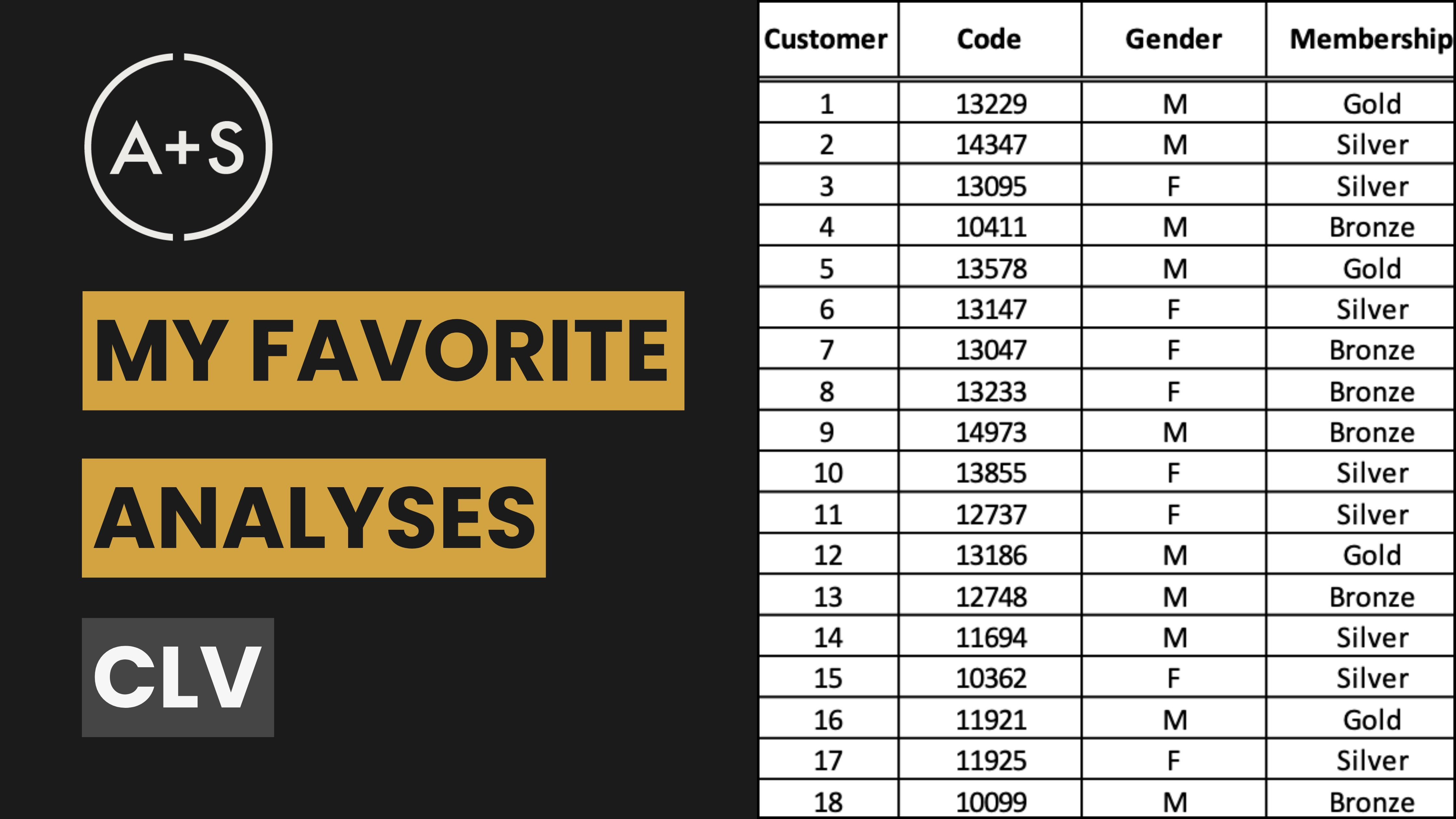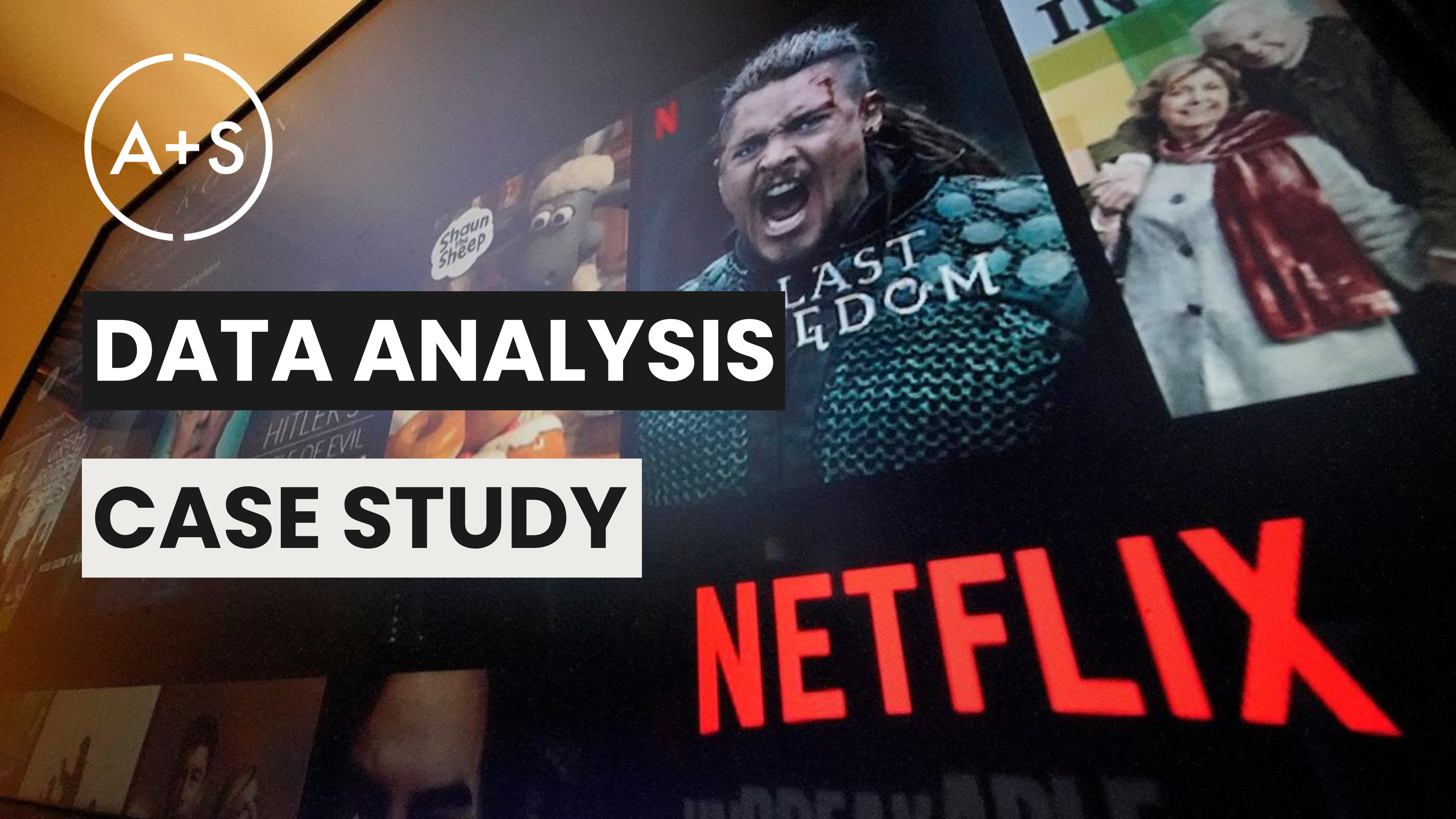Over the past few weeks, we’ve explored the three core principles of effective data visualization:
- Sophisticated Contrast – Directing attention where it matters most.
- Clear Meaning – Ensuring the audience instantly understands the insight.
- Refined Execution – Eliminating distractions and creating polished, professional visuals.
But why do these principles work? What is it about the way our brains process visuals that makes some charts stick and others disappear into the void?
This week, we’re diving into the psychology behind great data visualization. Specifically, we’ll discuss the cognitive science that determines what people see, remember, and understand when looking at data. Understanding the science behind human visual processing will help you better understand why some charts work, while others don’t, and prepare you to design with purpose.
Let’s explore what’s happening inside your audience’s mind when they encounter your charts.
1. The Power of Preattentive Processing: Why Contrast is the First Thing the Brain Sees
Your audience doesn’t analyze your chart piece by piece like a spreadsheet. Instead, their brain processes certain visual cues automatically before they even realize they are analyzing anything.
This is called preattentive processing. It is the subconscious way we detect patterns, groupings, and relationships in visuals. It also happens to be the underlying reason why Contrast is so important in data visualization.
Contrast determines where your audience’s attention is directed to first. Ensuring that the most critical information on your page is presented through contrast is not just a design choice — it is a biological necessity. Our brains are wired to notice:
• Color – Bright hues like red will pop against muted gray tones.
• Size – A large bar in a bar chart grabs attention when placed beside a small one.
• Shapes – The eye follows natural groupings and geometric alignments.
• Highlights – Emphasized elements — whether outlined by a box, pointed to by an arrow, or another visual cue — grab attention.
If a visualization does not leverage contrast properly by applying too much, the audience won’t know where to look first. If everything in a visual has equal emphasis, nothing stands out. If too little contrast is used the chart wastes the opportunity to guide viewers to the right story while subconsciously delivering its message. Contrast that points toward the wrong (or an unintended) message results in confusion.
To apply this concept effectively, use contrast strategically. Bold key data points, adjust font sizes to signal importance, and use color with intention — not decoration.
2. The Role of Working Memory: How the Prefrontal Cortex Limits What We Can Retain
The prefrontal cortex, located at the front of the brain, is responsible for working memory. It is the part of the brain that holds and processes information in the short-term. It is a powerful processor, but also a limited one.
The classic Door Study is a sublime example of what happens when our prefrontal cortexes become overwhelmed. The state of having a prefrontal cortex overwhelmed with information means that we miss even the most obvious visual information around us. It is a state we call cognitive overload.
In data visualization, cognitive overload occurs when a chart poorly presents information, overwhelming the audience’s working memory and sending their prefrontal cortexes into a whirling dervish of confusion. Common data visualization mistakes that overload the brain:
• Overloaded or complex charts with too many competing visual elements.
• Illegible or distracting font choices that make processing written information more difficult than it needs to be.
• Legends that force the viewer to constantly refer back and forth instead of immediately understanding the graphic.
To apply this concept effectively, we must strive to make key insight obvious. The audience should not have to work to find the takeaway. When your visuals work with the prefrontal cortex rather than against it, they are far more likely to be retained.
3. The Dual-Coding Theory: Why Text Must Do Its Job
Data visualization is a visual medium, but that does not mean text is unimportant. In fact, the clarity of your text elements — titles, headlines, and labels — determines whether your audience instantly understands your visualization or struggles to decipher it. Just as importantly, it determines whether your audience will recall the message you delivered after the presentation or, in cases where you’re not there to present the chart live, get your intended message at all.
This is where Dual-Coding Theory comes into play. Psychologist Allan Paivio’s concept suggests that the human brain processes information through two complementary cognitive systems:
- The Visual System – This system is responsible for quickly detecting contrast, patterns, and relationships in your chart. It operates through preattentive processing and visual contrast.
- The Verbal System – This system assigns labels, meaning, and context to what the audience sees. Unlike the visual system, which works instantly, verbal processing requires more cognitive effort. This means that without well-placed, clear text, your audience may struggle to interpret the insight you’re presenting.
This means that after your audience has processed the chart’s visual information their brains will move on to reading and interpreting the text you’ve added. If both the visual and verbal elements of a chart are well-designed, the audience understands and remembers the insight more effectively.
However, if your visualization lacks clear text elements, the brain’s verbal system has no structured way to process the insight. This leaves the audience in a position where they must guess at what the visual means, increasing cognitive load and making it more likely that they will either misinterpret or completely ignore the message.
This is why text plays such an important role in our visual and why we emphasize:
• Strong, clear titles that answer, “What am I looking at?”
• Concise, direct headlines that answer, “What does this chart say?”
• Labels that are embedded directly in the visualization rather than forcing the audience to decode a separate legend.
The goal is to minimize the amount of effort required to interpret the chart. If a visualization forces the audience to read a vague title, check a legend, decode multiple axes, and then try to piece together a conclusion, they will either disengage or misinterpret the data.
Strong visuals capture attention, but clear text cements understanding. If you neglect text in your visual design, you risk leaving your audience with disconnected information—forcing them to work harder than necessary to reach the correct conclusion.
Why This Matters: Making Data Stick
By understanding how the brain processes visuals, you can create charts that:
• Guide the audience’s attention to the most important insights.
• Reduce cognitive overload by simplifying information.
• Ensure text elements immediately communicate the story behind the data.
Learning how to design charts that do these things effectively ensures that you shape how people interpret and remember your data. This is why data visualization isn’t just about aesthetics — it is about human perception.
Next Week: When Bad Data Visualization Goes Wrong
Next week, instead of focusing on what makes great charts work, we will explore what happens when visualizations fail. From confusing financial charts to deceptive political graphs, we will break down how bad data visualization can distort reality and even lead to disastrous decisions.
Until then, keep designing smarter, not just prettier, and Keep Analyzing.




